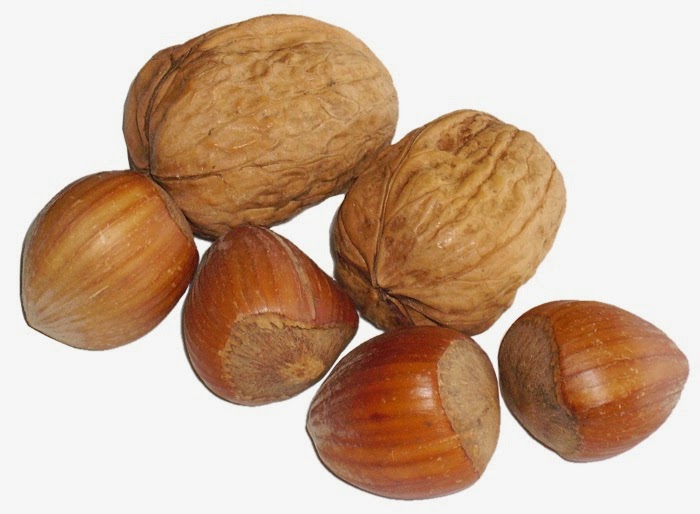Increased oxygen
in your body translates to greater energy and clarity of mind. Fresh air is the
simplest way to boost brainpower, health and feel great. But with 90% of our
time spent indoors, getting that dosage of clean air isn't always easy. The air
that we breathe on the inside is not as fresh as we need it to be.
More to Work
than Hard Work
The scrupulous
report from the World Health Organisation shouldn't need to remind us of the
importance in getting our dosage of fresh air. The goodness fresh air provides
was understood back in the halcyon days and often shared by our parents
"Turn off the computer, go outside, get some fresh air, and relax".
On the inside,
looking out
A business is in
business to offer a valuable service that generates profit, it operates to
improve service and increase sales. Its incessant toil perpetuates revenues for
investors and stakeholders. Its focus is on product development, customer
relationships and public relations. Businesses also revere their clients and
their staff. After all, it wouldn't be a viable business without them.
The average
person inhales 237,600,000 breathes of air at work over their lifetime, so
stale air at work could contribute to the rising numbers of respiratory
diseases and infections. Did you know, Casinos pump high quality ventilated air
to prevent fatigue, so why not your workplace?
90% of our time
is spent indoors and stepping out isn't always a practical solution. Business
would become unpredictable if staff switched off and went out for a dose of
fresh air. A healthy and happy work force is efficient so Investing in air
ventilation makes perfect sense.
Respiratory
Diseases and Infections
Lung diseases
affect an increasing number of people around the world:
1. Asthma
2. COPD (including
emphysema and chronic bronchitis)
3. Infectious lung
diseases
4. Lung cancer
5. Sleep apnea
6. Tuberculosis
According to
WHO, 4.3 million people a year die from the exposure to indoor air pollution.
Making sure that your building is well-ventilated and getting rid of pollutants
can improve the quality of your indoor air.
Fresh air is a
big win for business
Heat recovery
ventilation systems supply fresh air in an energy efficient way, this constant
supply of air reduces fatigue and sickness in the work place. Operate more
profitably and efficiently with Ventilation. It isn't a business expensive with
Provinces / States encourage energy efficient products with tax rebates.
Ken writes on
environmental issues for Tempeff North America who specialize in Heat Recovery

.jpg)








.jpg)

.jpg)


















